“Chatting with the Pros”: Interview with award winning horror author Paul Kane
Posted: October 7, 2019 | Author: kayelynnebooth | Filed under: Books, Chatting with the Pros, Dark Fantasy, Fiction, Horror, Interview, Writing | Tags: Arcana, Author Interview, Chatting with the Pros, Dark fiction, horror, Paul Kane, Writing to be Read |5 Comments
This month as we explore the darkness of horror and dark fiction, we have a special treat. This month I have for you, not one, but two “Chatting with the Pros” author guests, which is why this segment is posting on the first Monday rather than the usual third Monday spot.
For today, I have the pleasure of interviewing an award winning, bestselling author of over ninety books, who is also the expert on Clive Barker’s Hellraiser films and his own work has been optioned and adapted for the big and small screen, including for US network prime time television. A former British Fantasy Society Special Publications Editor, he is currently serving as co-chair for the UK chapter of The Horror Writers Association. I’m really excited to present all he has to share. Please help me welcome him now.

Kaye: You began writing comics as a boy. Are there aspects of those comic book characters that can still be seen in your writing today?
Paul: I just drew them first, copying the kinds of comics my dad used to buy me – but it was definitely a way of sorting out in my head how story worked. Later on, I’d write dialogue and action for them as well, so that they looked more like proper comic books, and I’d show them to friends and family. It wasn’t until years later that I learned how to write actual comic scripts, but even then I sketched out the panels beforehand so I could work out what needed to go on the page and where. As for characters, I think that was certainly where I started to create and build characters – as well as making up stories for my toys and acting them out like little films. By my teens, though, I was writing prose and emulating the kinds of books I’d read as well, so I think that was when I learned how to flesh out and develop characters. I still love writing in a comic book style, yes, which is something I did for a story of mine called ‘The Return of Mortis-Man’ in the collection Death. I had such fun writing that, creating my very own horror superhero, and I’m planning on doing a couple more featuring that character.
Kaye: What do you think is the single most important element in a horror story?
Paul: That’s a tough one. I think the single most important element in any story, for any genre, is to tell the best tale you can. That’s your responsibility as a writer – and I take it very seriously. Make sure the characters are there first and people will care about them, because if you don’t do that nobody will bat an eyelid if something horrible happens to them. Make sure the journey they’re on is credible, even if things are happening to those people that are totally out there. For example, in the latest short horror novel I wrote for PS Publishing – The Storm, out in 2020 – I had to make sure the bunch of characters were living and breathing, had their own problems and histories, so that when monsters attack you’re right there with them in the thick of it. You care if someone gets injured or loses a loved one. You have to totally understand their motivations for doing what they do and acting the way they act. If you don’t have that then bad things are simply happening to cardboard cut-outs you couldn’t care less about.
Kaye: What was the most fun interview you’ve ever done? Why?
Paul: You mean an interview I’ve conducted with someone myself? We once interviewed George A. Romero for a magazine and went back to his hotel room, where he regaled us with stories about making the Living Dead movies and his career in general, whilst drinking copious amounts of rum. That was a surreal afternoon, a kind of ‘pinch me’ moment. In terms of live interviews, probably Clive Barker on stage at FantasyCon 2006 – which I did in front of an audience of about 600. That was nerve-wracking, but Clive – lovely as he always is – really put me at my ease and we had a whale of a time. I did a smaller, more intimate interview with he and Simon Bamford – Butterball from the Hellraiser movies and Ohnaka from Nightbreed – later on that day and that was such fun! There were about 30 or 40 people in the room for that and we were able to chat a bit more freely about their careers. In terms of myself being interviewed, then probably my times on Nicholas Vince’s Chattering show. We did one at Christmas once and the guests were me, the Soska sisters, Barbie Wilde, Ashley Thorpe, and Tim Dry. That was a terrific experience, very funny. It’s still online somewhere if you want to track it down.
Kaye: What is your biggest challenge in writing dark works of horror?
Paul: Biggest challenge? Probably nothing to do with the actual writing of dark fiction, but rather getting published in the first place and building a good reputation over the years. It takes a lot of time and effort, but is totally worth it. I was lucky enough to discover the small presses back in the ’90s, who were willing to take chances with who and what they published, and that got me a foot in the door. Organisations like The British Fantasy Society and the Horror Writers Association were also vital in terms of meeting creative people who are into the same things, are on the same page, so to speak. I’ve made so many good friends going to events organised by places like that, and been given so much good advice. I even met my wife, Marie O’Regan – a very talented writer and editor herself – at an FCon in 2003! And now we’re paying it forward, of course, by organising a StokerCon for next year with Guests such as Grady Hendrix, Gillian Redfearn, Kim Newman and Mick Garris – so people can do the same. You can find out all about that one at https://stokercon-uk.com
Kaye: Is there anything unique or unusual about your writing process?
Paul: I’m not really sure, because it’s not something I tend to talk about that much with other writers. I try to work office hours, which comes from my background in journalism I think, but that’s not always possible if I’m on multiple deadlines. Summer 2018, for instance, I was writing a novel in the daytime and then editing an anthology in the evenings, which got pretty gruelling. It’s a weird kind of process, because I go into this fugue state and then come out of it having written 1000 words or whatever, not really quite understanding how I did it. When I’m writing prose I try to do 1000 words before lunch, then a couple more afterwards, to make about 3000 in total. Over this last summer, though, I was managing 4000 words a day, which was taking its toll a bit, but I got my novel done in time.
Kaye: What’s your favorite time of day to write? Why?
Paul: Probably in the afternoon, because I’ll know I’ve got some words under my belt – hopefully – in the morning, so I have that fallback. And by then I’ll have built up a head of steam and it should just be a matter of continuing on in that vein. Sometimes things crop up, like I might have to write a review or something, and that throws you out of what you were doing for a little while – but at the same time is nice and stops you getting into a rut.
Kaye: How do you get into your villain’s head deep enough to transform the words on the page into a visual image for the reader?
 Paul: I love writing villains personally, because it gives you a chance to do and say things you wouldn’t ordinarily be able to in life – unless you were an actual villain, of course! A lot of villains I’ve written don’t care what people think, so they can be brutally honest, which is somewhat liberating. The flip side of that is, if they’re doing really terrible things to folks you have to distance yourself for the sake of your sanity. My character Lucas Peck in Before was a nasty piece of work and I found myself wincing at some of the stuff he did, but it was also for the good of the story and you found out why he was the way he was by the end of the novel – rightly or wrongly. The Infinity was the opposite: he was all about the language and just whispering in people’s ears. Messing with them essentially, and that was fun to write.
Paul: I love writing villains personally, because it gives you a chance to do and say things you wouldn’t ordinarily be able to in life – unless you were an actual villain, of course! A lot of villains I’ve written don’t care what people think, so they can be brutally honest, which is somewhat liberating. The flip side of that is, if they’re doing really terrible things to folks you have to distance yourself for the sake of your sanity. My character Lucas Peck in Before was a nasty piece of work and I found myself wincing at some of the stuff he did, but it was also for the good of the story and you found out why he was the way he was by the end of the novel – rightly or wrongly. The Infinity was the opposite: he was all about the language and just whispering in people’s ears. Messing with them essentially, and that was fun to write.
Kaye: What are your secrets for creating intricate, detailed story lines?
 Paul: I plan. A lot. Always have done, I’ve always kept notes on stories and novels, done my research and outlines. Now, that doesn’t mean you have to stick rigidly to those plans and if something comes up that sends the story in a different direction which makes it better, you go with it. But it does means you have a kind of safety net, a rough map to follow. I don’t think I’d be able to even start writing without that, it would send me loopy. I’m plotting and researching quite a bit at the moment for the crime novels I’m writing as PL Kane for HQ Digital/HarperCollins. They’re not something you can just wing, so I do months of prep before even writing one word. You’ll see what I mean when you read the first one, Her Last Secret, which comes out in January 2020 and has just gone up for pre-order (po.st/herlastsecret)
Paul: I plan. A lot. Always have done, I’ve always kept notes on stories and novels, done my research and outlines. Now, that doesn’t mean you have to stick rigidly to those plans and if something comes up that sends the story in a different direction which makes it better, you go with it. But it does means you have a kind of safety net, a rough map to follow. I don’t think I’d be able to even start writing without that, it would send me loopy. I’m plotting and researching quite a bit at the moment for the crime novels I’m writing as PL Kane for HQ Digital/HarperCollins. They’re not something you can just wing, so I do months of prep before even writing one word. You’ll see what I mean when you read the first one, Her Last Secret, which comes out in January 2020 and has just gone up for pre-order (po.st/herlastsecret)
Kaye: What techniques do you use to build or maintain suspense?
Paul: I’m never really sure whether a suspense scene has worked or not until I read it back, and even then I’m not 100% certain. I try to work through a scene like that as if I was in there with the characters, like a chase scene I just wrote in which my main protagonist was trying to hide from the bad guy. Will they catch them? If they hide, will it be a good hiding place? That kind of thing. But you also can’t lose sight of the fact you’re in charge of what these people are doing and can direct matters for maximum suspense. There was something Hitchcock once said I think, and I’m paraphrasing here and might get it wrong… But he said if you show a character finding a ticking bomb under the table they’re sitting at, there’s not as much suspense as showing the audience there’s a bomb and the main character has no idea. So, you might show the stalker getting closer and the victim not knowing a thing about it – or they might even know the person, but not be aware of their tendencies. If the reader or audience know they’re evil but the victim doesn’t, that makes for some great suspense.
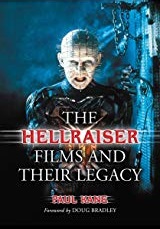 Kaye: You are an expert on the Hellraiser films, by Clive Barker, and their themes, and in fact you wrote a book on them, The Hellraiser Films and Their Legacy. Can you tell me something about Pinhead that the average fan may not know?
Kaye: You are an expert on the Hellraiser films, by Clive Barker, and their themes, and in fact you wrote a book on them, The Hellraiser Films and Their Legacy. Can you tell me something about Pinhead that the average fan may not know?
Paul: I’m not sure there’s much left that fans don’t know. Clive told me once on the phone that Pinhead came to him in a dream, I’m not sure how widely known that is. I mean, there were lots of different factors that went into the making of that character… Pinhead in the original novella The Hellbound Heart is described as being quite effeminate, which was something we brought back when I adapted it into an audio drama for Bafflegab (https://shop.bafflegab.co.uk/album/the-hellbound-heart). Then when the film was made you had people like effects genius Bob Keen coming up with a certain look, and Doug Bradley’s performance. But, yes, he came to Clive to begin with in a dream. It’s like Clive’s been telling me for years, “Write your dreams, Paul. Write your dreams.”
Kaye: Which of your books would you most like to see become a film? Why?
 Paul: Well, one of my stories – a novelette called ‘Men of the Cloth’ – has actually just been turned into a movie called The Colour of Madness by Loose Canon/Hydra Films, directed by Andy Collier and Toor Mian, and starring Barbara Crampton from Re-Animator – so all that’s rather exciting! It’s a Lovecraftian, folk horror deal and should appeal hugely to horror fans.
Paul: Well, one of my stories – a novelette called ‘Men of the Cloth’ – has actually just been turned into a movie called The Colour of Madness by Loose Canon/Hydra Films, directed by Andy Collier and Toor Mian, and starring Barbara Crampton from Re-Animator – so all that’s rather exciting! It’s a Lovecraftian, folk horror deal and should appeal hugely to horror fans.

My Hooded Man post-apocalyptic novels for Rebellion/Abaddon were almost filmed a couple of times, and I would still love to see those made because they’re quite close to my heart – I only live about twenty minutes away from Sherwood Forest, and was taken there every bank holiday when I was a kid. I also think Before would make a cracking TV show along the lines of American Gods, because its scope is so massive. It’s part road movie adventure, part historical drama, part horror, all about past lives. People often tell me they’d like to see my Hellraiser novel Sherlock Holmes and the Servants of Hell turned into a movie, but the rights for that would be a nightmare. Plus the budget would be astronomical!
Kaye: You’re a pretty prolific writer. In the first half of 2019, you published The Controllers, The Dead, Exit Wounds and White Shadows, as well as a Robin of Sherwood novel, The Red Lord. Can you tell me about these latest releases?
 Paul: Absolutely! The Controllers was published by Luna Press, and gathers together all of my stories featuring those characters from the whole of my career, and includes a couple of new ones – not to mention scans of handwritten tales, a gallery where artists offer their interpretations of The Controllers and an introduction by Richard Christian Matheson.
Paul: Absolutely! The Controllers was published by Luna Press, and gathers together all of my stories featuring those characters from the whole of my career, and includes a couple of new ones – not to mention scans of handwritten tales, a gallery where artists offer their interpretations of The Controllers and an introduction by Richard Christian Matheson.
 The Dead is my third mini-collection for the Black Shuck Shadows series, and gathers together three interlinking zombie stories, the first of which was adapted for TV back in 2008 as New Year’s Day by Lionsgate and shown on primetime US TV as an episode of the show Fear Itself.
The Dead is my third mini-collection for the Black Shuck Shadows series, and gathers together three interlinking zombie stories, the first of which was adapted for TV back in 2008 as New Year’s Day by Lionsgate and shown on primetime US TV as an episode of the show Fear Itself.
 Exit Wounds is a mass market crime anthology from Titan edited by myself and Marie and features the cream of the crop: names such as Dean Koontz, Val McDermid, Dennis Lehane, Mark Billingham, John Connolly, Alex Gray… the list goes on. It was recently given a starred review in Publishers Weekly and even favourably reviewed in The Times, so we were incredibly happy about that.
Exit Wounds is a mass market crime anthology from Titan edited by myself and Marie and features the cream of the crop: names such as Dean Koontz, Val McDermid, Dennis Lehane, Mark Billingham, John Connolly, Alex Gray… the list goes on. It was recently given a starred review in Publishers Weekly and even favourably reviewed in The Times, so we were incredibly happy about that.
 White Shadows is a collection of my dark YA fiction as PB Kane, including the short novel The Rainbow Man and the prequel to that, ‘The Rainbow Coat’. Published by Things in the Well, this was designed to be read by the young and the young at heart alike. The Red Lord is a prose adaptation of my own audio drama for Spiteful Puppet/ITV, which allowed me to expand on a few ideas I had to leave out of the original. I’ve been a fan of the RoS series since it aired, and indeed it inspired so much of my own Hooded Man saga, so it’s a bit of a dream come true this one. That sold out of its print run incredibly quickly, but is still available as an ebook.
White Shadows is a collection of my dark YA fiction as PB Kane, including the short novel The Rainbow Man and the prequel to that, ‘The Rainbow Coat’. Published by Things in the Well, this was designed to be read by the young and the young at heart alike. The Red Lord is a prose adaptation of my own audio drama for Spiteful Puppet/ITV, which allowed me to expand on a few ideas I had to leave out of the original. I’ve been a fan of the RoS series since it aired, and indeed it inspired so much of my own Hooded Man saga, so it’s a bit of a dream come true this one. That sold out of its print run incredibly quickly, but is still available as an ebook.
Kaye: You also released Arcana through Wordfire Press this year. It has an interesting alternative world where magic is real, but forbidden. Can you talk a little about that book?
 Paul: I loved writing Arcana, which one reviewer quite aptly described as ‘Harry Potter vs The Sweeney’. It’s set in an alternate universe where the witch hunts of old never died out and real magic exists. The people who practise this are hunted and imprisoned, tortured, then, more often than not, horribly executed. The division of the police that do this are called Magick Enforcement Officers, or M-Forcers, and we follow one young recruit Callum McGuire as he begins to realise something is terribly wrong with this regime; that the people who are being hunted aren’t what the government say they are. It’s all tied in with a prophecy one magic group – Arcana – have about a hero who will save them all. I was delighted with the way this one was received, and the audio of it has actually just been released on Audible so go and check that out.
Paul: I loved writing Arcana, which one reviewer quite aptly described as ‘Harry Potter vs The Sweeney’. It’s set in an alternate universe where the witch hunts of old never died out and real magic exists. The people who practise this are hunted and imprisoned, tortured, then, more often than not, horribly executed. The division of the police that do this are called Magick Enforcement Officers, or M-Forcers, and we follow one young recruit Callum McGuire as he begins to realise something is terribly wrong with this regime; that the people who are being hunted aren’t what the government say they are. It’s all tied in with a prophecy one magic group – Arcana – have about a hero who will save them all. I was delighted with the way this one was received, and the audio of it has actually just been released on Audible so go and check that out.
Kaye: Describe yourself in three words.
Paul: Hard-working. Loyal. Curious.
Kaye: What’s next for Paul Kane? What do your readers have to look forward to in the future?
Paul: As I say, I’ve signed with HQ/Harper who are bringing out three thrillers under the PL Kane name, starting in January 2020. I’ve just finished the first draft of the second one which will be out a bit later that same year. Marie and I are running StokerCon UK as mentioned, so that’s taking up a lot of time as well at the moment.
There are a few collections coming out in the near future: a Body Horror one from Black Shuck called Traumas; a collection of my ‘Order of the Shadows’ tales called Darkness and Shadows from Shadowridge, introduced by MR ‘The Girl With All The Gifts’ Carey; and a more general one that gathers together my fiction from the last few years called Tempting Fate. Then there’s The Storm from PS, introduced by Rio Youers – a proper ‘creature feature’ of a novel – and I’ve just signed on the dotted line for a post-apocalyptic novella from Silver Shamrock Press.
The Colour of Madness should also be out next year, plus The Torturer – a short horror film I wrote, directed by Joe Manco, starring Paul T. Taylor who was Pinhead in Hellraiser Judgment and Lawrence Varnado from Sin City 2 – and a supernatural drama called Presence, directed by Dave Morgan of DLM Media. Then there’s more comics work, hopefully a theatre production… Plenty to keep me busy and hopefully readers and audiences entertained.
I want to thank Paul for sharing with us today. It has been a pleasure to get a glimpse into Kane and his books on his Shadow Writer website, or visit his Amazon Author page.
As I mentioned at the start of this post, this was a bonus “Chatting with the Pros”, because we have a second author guest who I will interview in the regular “Chatting with the Pros” spot on the third Monday, October 21st. My second CwtP author guest will be bestselling horror and dark fiction author Jeffrey J. Mariotte. You will also find a double review featuring Paul Kane’s Arcana and Jeffrey. J. Mariotte’s Cold Black Hearts. I do hope you all will join me as we explore the darkness together.
Like this post? Let me know in the comments. You can be sure not to miss any of Writing to be Read’s great content by subscribe to e-mail or following on WordPress.


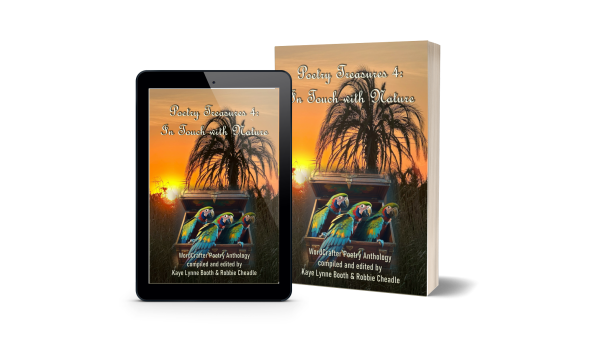
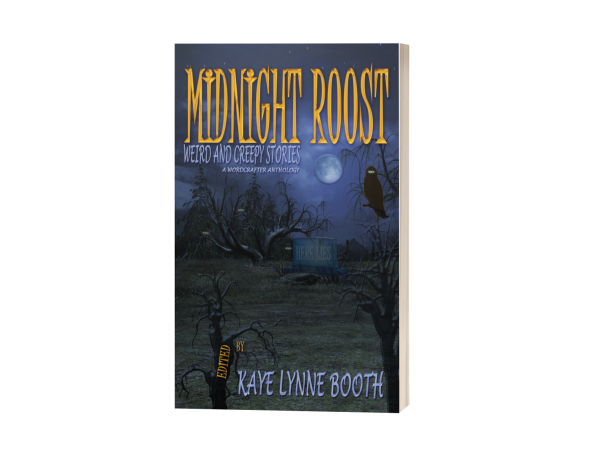



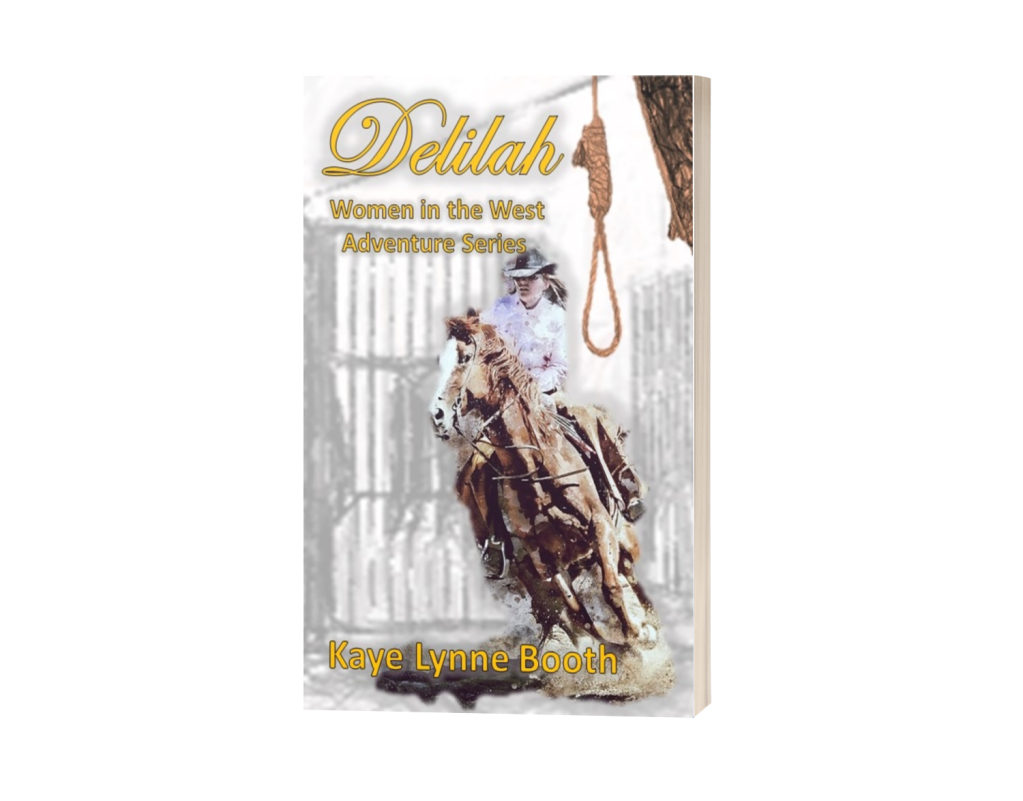

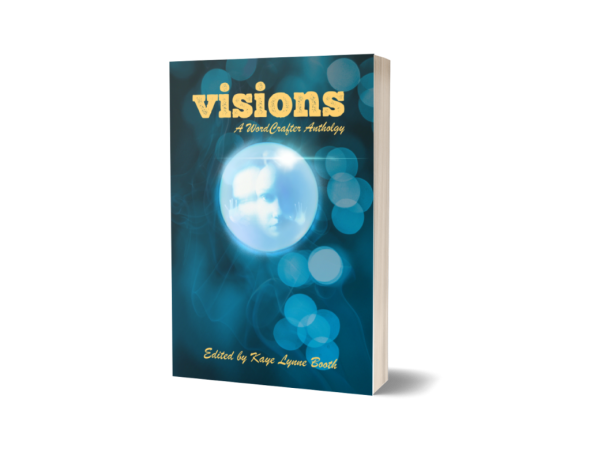
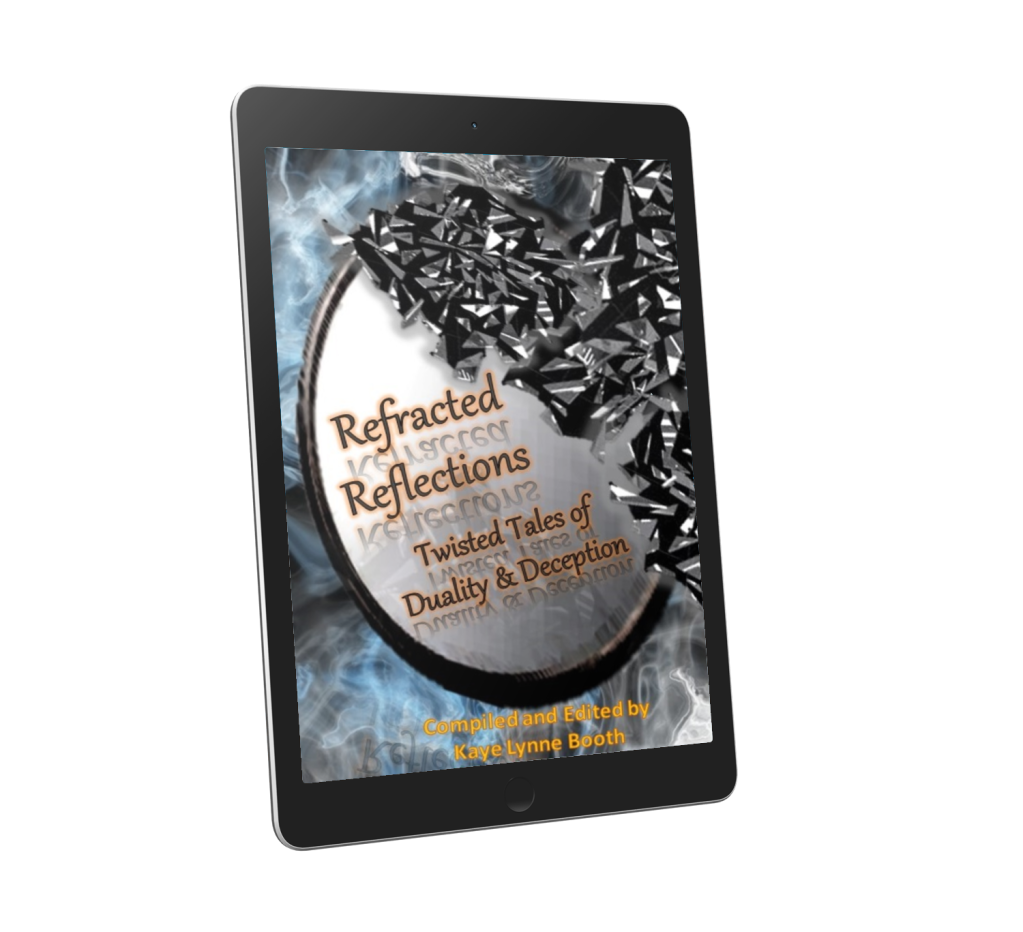

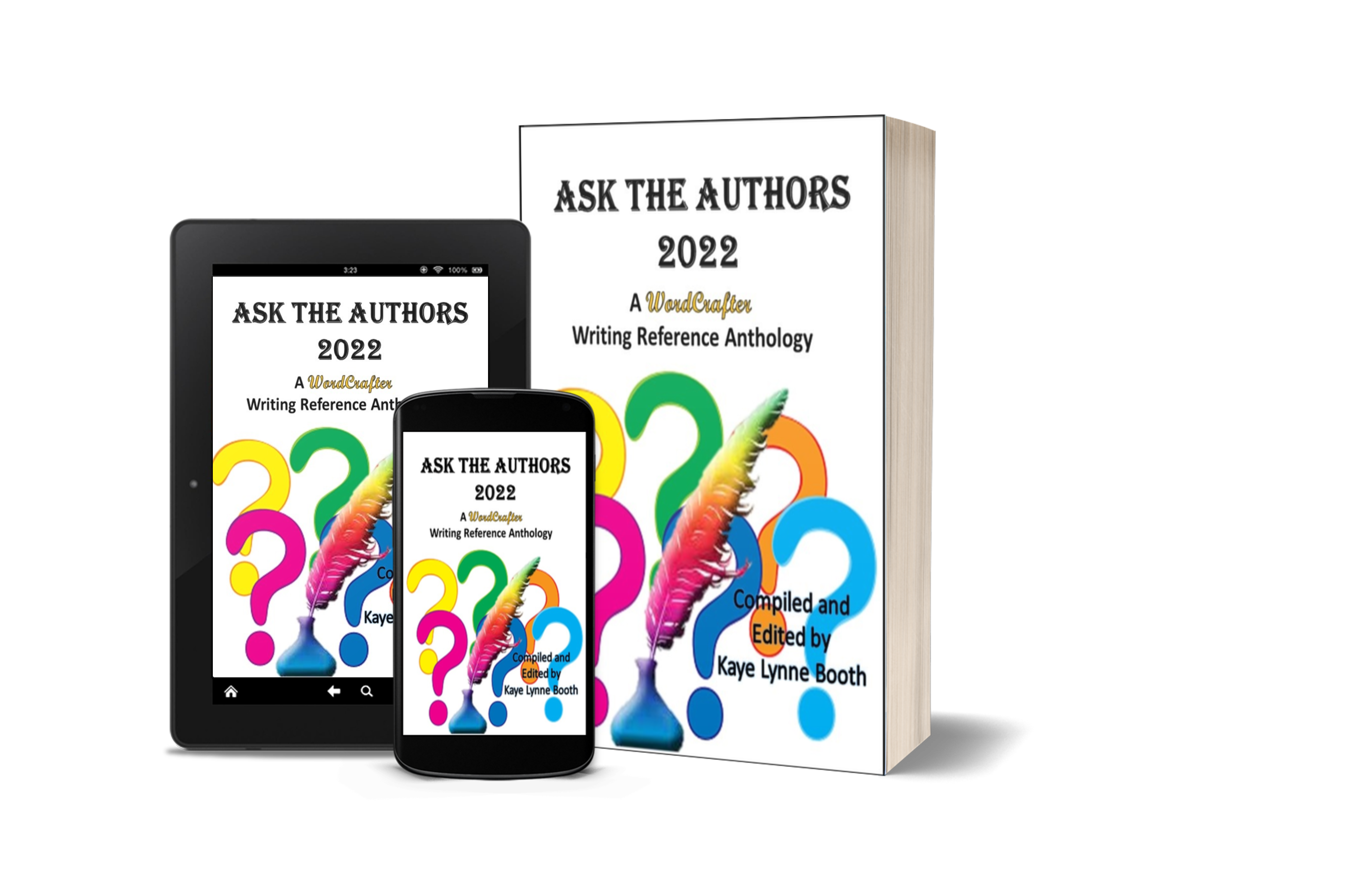


A most entertaining interview, Kaye. It seems that 3 000 words a day is about average so I feel better about my daily word count. Paul’s books all look fascinating.
LikeLiked by 1 person
Thanks for sharing, Robbie. It’s nice to know you are in good company isn’t it? It helps to have others to measure ourselves with. It gives us a better idea of where we are at in our own writer’s journey.
LikeLiked by 1 person
Yes, you are right about that, Kaye.
LikeLiked by 1 person
[…] bring you a bonus “Chatting with the Pros” this month with award-winning horror author Paul Kane. If you write dark fiction and horror, or just enjoy reading it, you won’t want to miss that […]
LikeLike
[…] segments of “Chatting with the Pros”, who may be right up there with the best of them: Paul Kane and Jeffrey J. Mariotte, and a double review featuring Kane’s Arcana and Mariotte’s […]
LikeLike